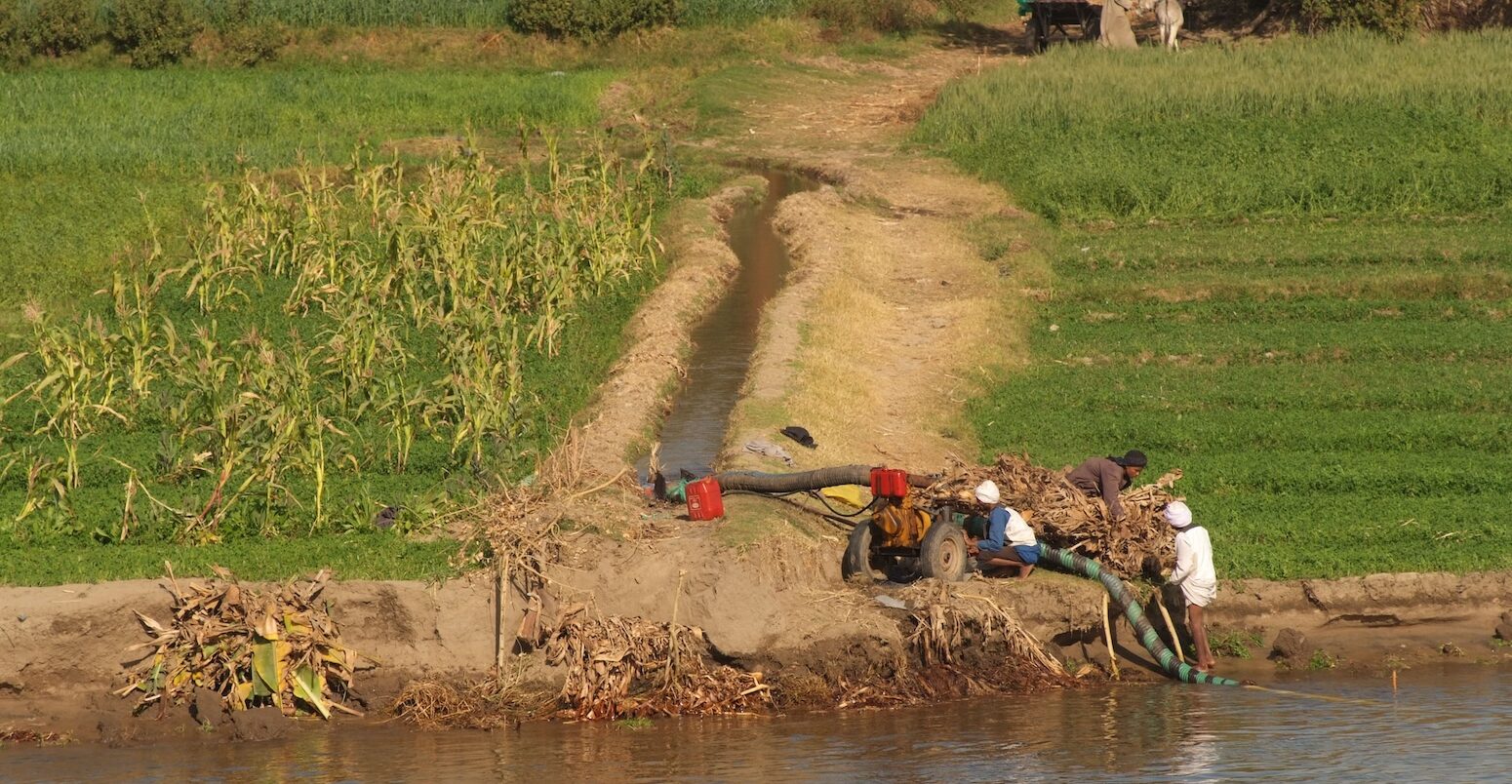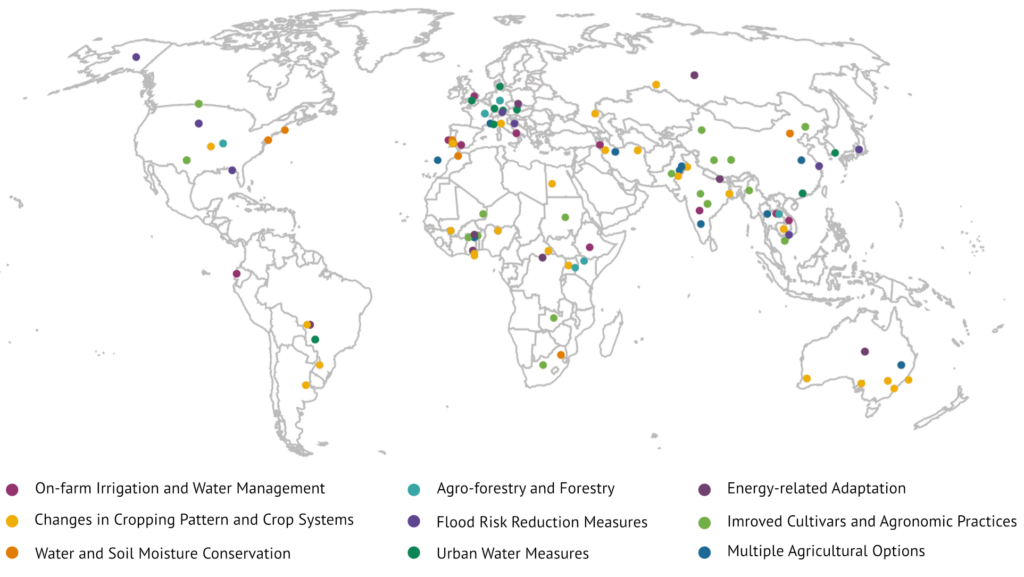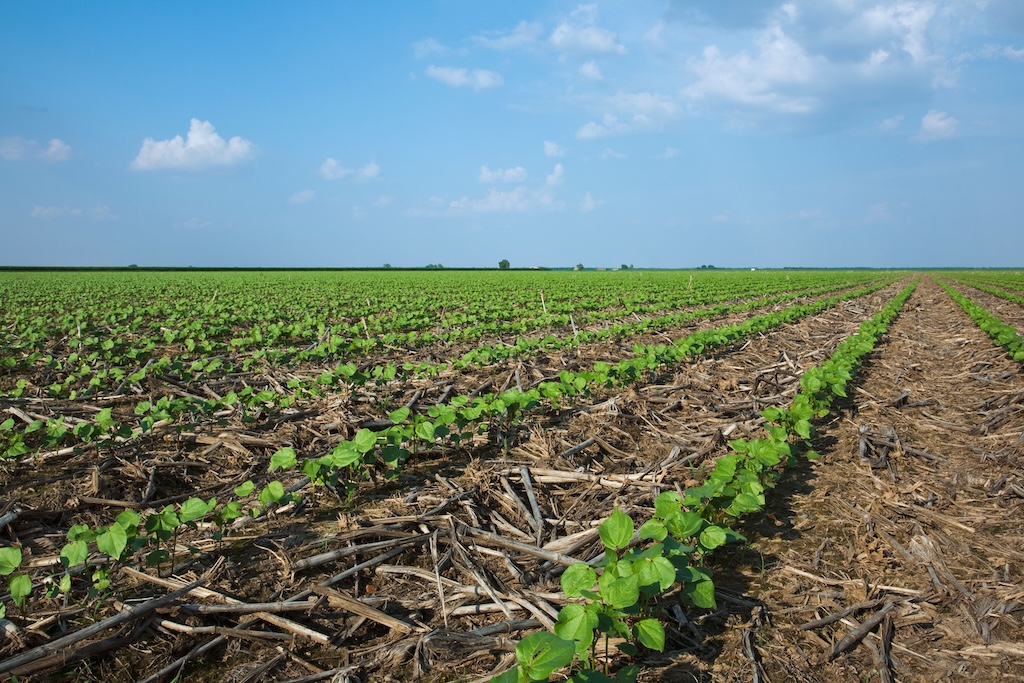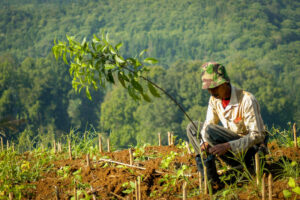
Guest post: Climate adaptation becomes less effective as the world warms
Multiple Authors
03.15.24From flooding in New Zealand and wildfires in Canada through to drought in the Middle East and extreme heat across the northern hemisphere, last year provided a powerful demonstration of the impacts of climate change.
With global temperatures over the past decade around 1.2C warmer than pre-industrial levels, the impacts already urgently demand adaptation investments to avoid mounting losses.
However, research suggests that existing limits and barriers to adaptation could take decades to overcome, particularly in vulnerable countries. And while adaptation measures are gradually being put in place, how might they be further affected by continued warming?
In our new study, published in One Earth, we investigate how the effectiveness of well-established adaptation options in relation to water changes as the world warms.
Our findings show that the effectiveness of water-related adaptation declines markedly once warming passes 1.5C above pre-industrial levels – from a central estimate (median) of 90% to 69%, 62% and 46% at 2C, 3C and 4C, respectively.
With the implementation of adaptation already lagging behind what is needed, our findings show that warming beyond 1.5C needs to be avoided for effective adaptation to be possible.
Measuring the effectiveness of adaptation
The latest assessment report from the Intergovernmental Panel on Climate Change (IPCC) shows that current adaptation efforts are insufficient to cope with the increasing severity of warming-related impacts across the world.
This “adaptation gap” – the difference between what is needed to reduce impacts and what has been implemented – is growing, despite increasing adaptation efforts across all world regions.
Where adaptation has been documented, many benefits – such as economic gains, better educational outcomes or infrastructure improvements – have been observed. However, we still have very limited evidence and knowledge about how effective adaptation is in reducing climate risks – arguably the key purpose of adaptation.
This is, of course, an inherently difficult thing to measure, as it is not possible to calculate impacts that have been avoided because of adaptation.
Different ideas of how to measure adaptation effectiveness have been put forward. In a very narrow sense, the IPCC defines adaptation effectiveness as the extent to which an adaptation option is anticipated or observed to reduce climate-related risk, an approach we use in our study. More encompassing definitions of effectiveness include the multiple benefits adaptation can have on a broader set of outcomes, such as human well-being and equality.
A better understanding of the risk reduction potential of adaptation is crucial, as climate impacts will become more severe over the next decades. With limited resources to invest, it is essential that informed decisions can be made.
Adaptation as the world warms
In our study, we look at a set of frequently used adaptation interventions in the water and agricultural sectors, which are central in current modelling approaches of future impacts.
We collated a set of published case studies distributed across all world regions. We grouped these options into nine different types of adaptation interventions – shown in the map below.
For example, adaptation measures under “changes in cropping patterns and crop systems” include approaches such as shifting planting dates or substituting different crops. Measures related to “water and soil moisture conservation” include approaches such as reduced tilling (turning of the soil) or introducing mulching (covering topsoil with plant material).

Each case study assesses in detail how a particular option could be implemented according to specific local conditions and provides results on its potential to reduce climate risks.
In many studies, different combinations of measures or different specifications of one measure – for example, shifting planting dates by 10, 20 or 30 days – are tested. Where this leads to different levels of effectiveness, we focus on those specifications that show to be most effective in reducing risk.
Declining effectiveness
To set these case study results into a global context and align them with important levels of warming, as in the IPCC reports, we translate all results into a representation of adaptation effectiveness at 1.5C, 2C, 3C and 4C. To represent effectiveness, we assess the proportion of projected risk that an adaptation option is able to avoid.
Our findings suggest a concerning picture: adaptation options are effective in reducing risks in most assessed settings up to 1.5C of warming, but with increased warming, effectiveness declines across all options and regions.
The central estimate (that is, the median) of adaptation effectiveness across all assessed measures at 1.5C is 90%. However, this declines to a median effectiveness of 69% at 2C and 62% at 3C – a level that current policies could still take warming close to.
At 4C, effectiveness declines even further to a median of 46%, indicating that less than half of projected impacts would be avoided under the adaptation measure.
The decline in effectiveness is most pronounced for adaptation options related to agriculture. For example, changes in cropping patterns and crop systems show high effectiveness at 1.5C, with more than 50% of data points in this category, but the share of highly effective adaptation decreases to 14% at 4C.
At the other end of the scale, we find that energy related adaptation (85%), flood risk reduction measures (78%) and urban water (78%) are the most likely categories to reduce 80% or more of projected risk across all warming levels.
As models do not account for adaptation limits and barriers, effectiveness in practice is likely to be lower than under idealised model conditions we assess in our study.
In many cases, adaptation in a 1.5C world comes with potential co-benefits, where the adaptation option improves conditions more widely, relative to the baseline of current conditions. For example, shifting from rain-fed agriculture to irrigation systems produces co-benefits in multiple cases.
Our findings for adaptation across Africa show that co-benefits could be substantial in closing existing adaptation gaps: 54% of assessed studies indicate potential co-benefits at 1.5C. However, this potential declines to 12% at 4C.

Similarly, in Asia the potential for co-benefits declines from around 56% at 1.5C to 16% at 4C. In Central and South America, our data also shows a shift towards less effective adaptation outcomes. There is no apparent shift in the level of co-benefits that could be achieved, though it must be noted that much fewer studies were available for this region.
In some situations, adaptation becomes not just ineffective in reducing risk, but it actually aggravates the situation, leading to “maladaptation”.
Africa shows the largest share of maladaptive outcomes at all levels of warming. For example, intensifying the cultivation of maize and sorghum in west Africa or earlier planting of maize in Uganda further decreases yields – in addition to climate impacts – rather than reducing projected risk, even at 1.5C warming.
Models often overestimate the potential for adaptation
Currently, adaptation is not well represented in quantitative models. Integrated assessment models provide information on energy system transition pathways to limit warming, but they do not account for climate impacts or costs and potentials for adaptation.
Climate impact models assess the sectoral effects of warming – for example, on agriculture or the water system. Sectoral climate impact models implement selected adaptation measures, such as irrigation in the agricultural sector, for example, but do not account for limitations such as water availability.
But, even more importantly, models do not account for other constraints and limits to adaptation, which have been documented in practice.
Beside financial barriers, which are a fundamental impediment to effective adaptation, there are also constraints and limits related to governance and institutions, availability of information, awareness, human capacity and socio-cultural constraints. Similarly, adaptive capacity plays an important role in the ability to implement effective adaptation.
Consequently, where models include adaptation, they likely overestimate its potential. This is also true for our own assessment: we assess adaptation in a modelled context, where ideal conditions for implementing the respective option are assumed. If additional adaptation constraints and adaptive capacities were considered, the extent to which adaptation can effectively reduce climate risks may be further reduced.
Climate-resilient development requires limiting warming to 1.5C
Our study focuses on a limited set of adaptation options, which are currently frequently used and have direct entry-points into the modelling space. It can be assumed that progress and learning unlock further innovation for adaptation in the future, increasing the options and approaches available to adapt and reduce risk.
However, we also know that additional limits and constraints are likely to affect effectiveness as compared to a modelling environment that does not consider such aspects.
Our findings show that effective adaptation is only truly possible if it occurs alongside ambitious mitigation action that limits warming to 1.5C. Our study also emphasises that adaptation is not an alternative to mitigation, nor can it be seen as a way to allow for a delay in mitigation efforts.
Lissner, T. K. et al. (2024) Effectiveness of water-related adaptation decreases with increasing warming, One Earth, doi:10.1016/j.oneear.2024.02.004





